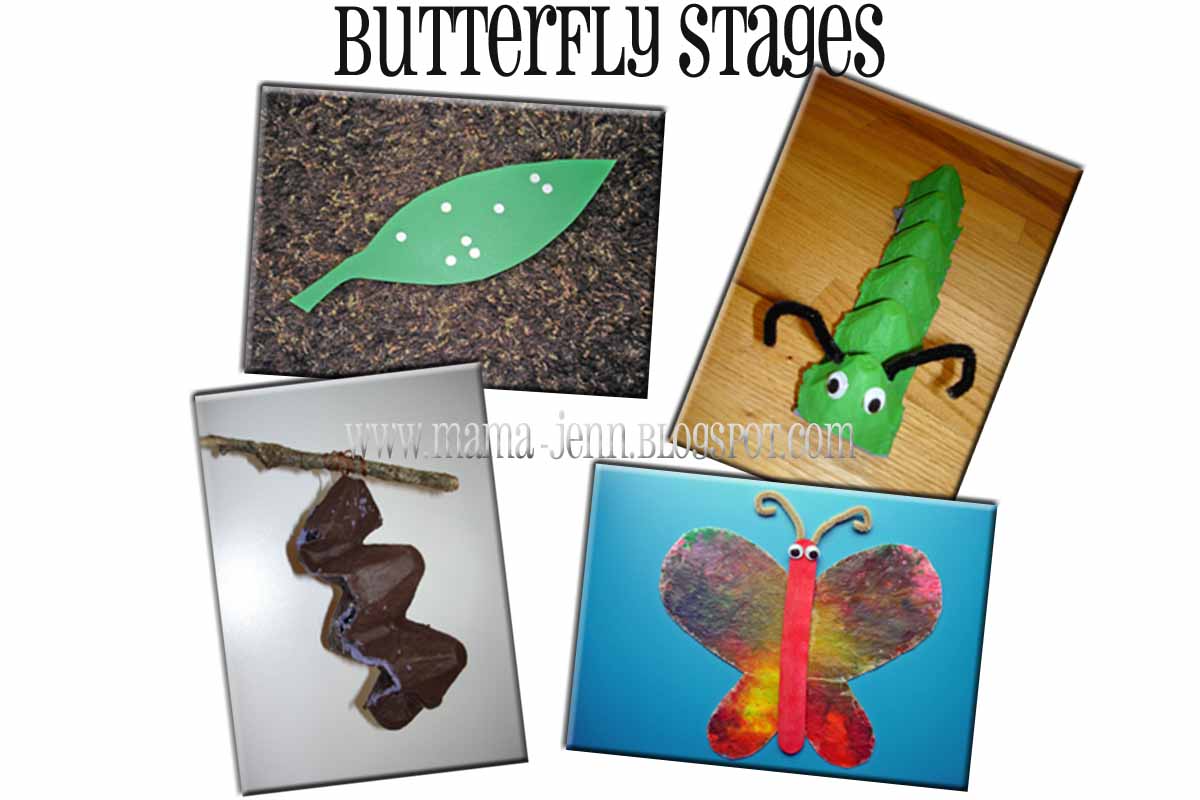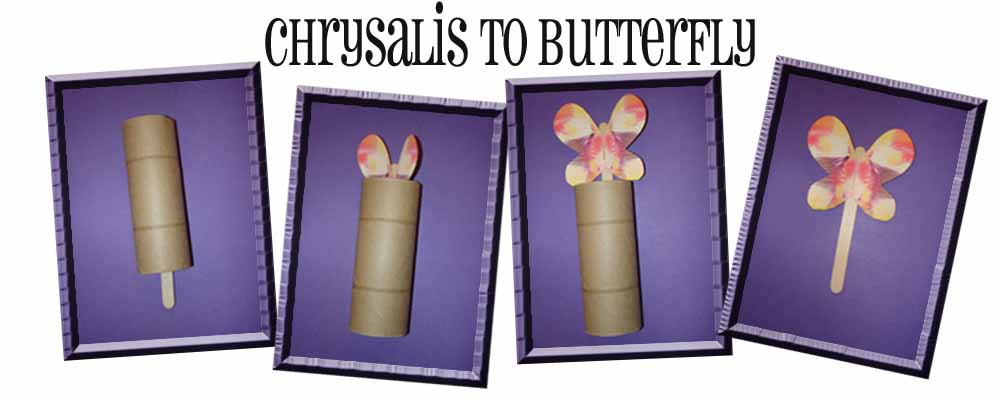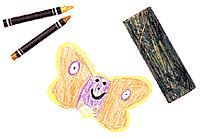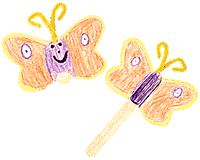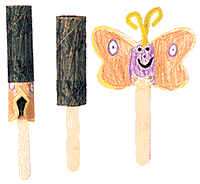Budding chemists aren t the only ones who will get a kick out of these experiments. From gassing up a balloon to making quicksand, every project is enjoyable and teaches something about how the natural world works.
Â
SALT MONSTER
Have an adult bring 1 cup water to a boil in a saucepan; remove from heat. Add 1/2 cup epsom salt and stir until it dissolves (we also added blue food coloring for fun). Keep adding epsom salt until it no longer dissolves when stirred (1/4 to 1/2 cup more). Let the mixture cool, then pour it into a glass jar. Tie one end of a piece of cotton string around a pencil, and the other end to a washer; string should be long enough so washer hangs at least one inch above the bottom of jar. Set pencil across rim of jar with washer dangling inside.Over the next few days, break away any crust that forms at the top of the jar, and watch as the salt monster emerges.
Â
WHY IT WORKS: As the water evaporates, the salt flakes will form large crystals that will cling together. To keep your salt formation on display, pull up the crystalcovered string, and hang it in a clean, clear jar.
Â
OCEAN IN A BOTTLE
You don t have to go to the beach to see waves: You can re-create the crashing surf in a bottle. Use a clean, clear, dry bottle with flat sides; fill 1/3 of the way with white vinegar, and add several drops of blue food coloring. Fill the rest of the bottle with a light-colored cooking oil like canola. Screw the cap on tightly; then rock the bottle back and forth to watch the waves.
Â
WHY IT WORKS: Oil is lighter than vinegar, so oil droplets float to the surface and stay there. The two will never mix, even when you tilt the bottle.
Â
FIREWORKS IN A JAR
Set off an explosion of color! Fill a clear jar with water. In a separate cup, combine 1 tablespoon vegetable oil and a few drops each of red, blue, and yellow liquid food coloring; mix them together with a fork. Pour the colored oil into the jar of water, and watch as streamers of color descend.
Â
WHY IT WORKS: The food coloring is water-soluble: It cannot dissolve in oil, only in water. When you first pour the mixture into the jar, the food coloring is trapped in the oil; eventually it sinks, makes contact with the water, and dissolves.
Â
CORNSTARCH QUICKSAND
In a bowl, combine 1 cup cornstarch with 1/2 cup water, and stir with your fingers until mixture forms a thick paste; if the mixture is too crumbly, add 1 tablespoon water (wash hands afterward). Punch the surface:Your fist will barely make a dent. Now slowly dip your hand into the paste. You can pick it up, and it will ooze through your fingers. Squeeze it, turn it over and over in your hands, and watch how it goes from goopy liquid to dry powder and back to glop.
Â
WHY IT WORKS: This mixture is called a “hydrosol” a solid scattered throughout a liquid. Applying pressure to it, as you do when you punch it, traps tiny drops of water between tiny bits of starch, making the surface feel solid. When the pressure lets up, the mixture becomes watery again.
Â
HANDS-FREE INFLATION
Fill a balloon with air without blowing into it: Pour 4 tablespoons of vinegar into a clean bottle. Use a funnel to fill a small balloon with 1 tablespoon of baking soda. Be sure that the bulb of the balloon falls to one side as you carefully slip its mouth over the neck of the bottle.Then lift the bulb to let the baking soda fall into the bottle. The balloon will inflate all by itself!
Â
WHY IT WORKS: When baking soda and vinegar come into contact, they form carbon dioxide. This gas fills the bottle and can t escape, so it rushes into the balloon, causing it to inflate.








